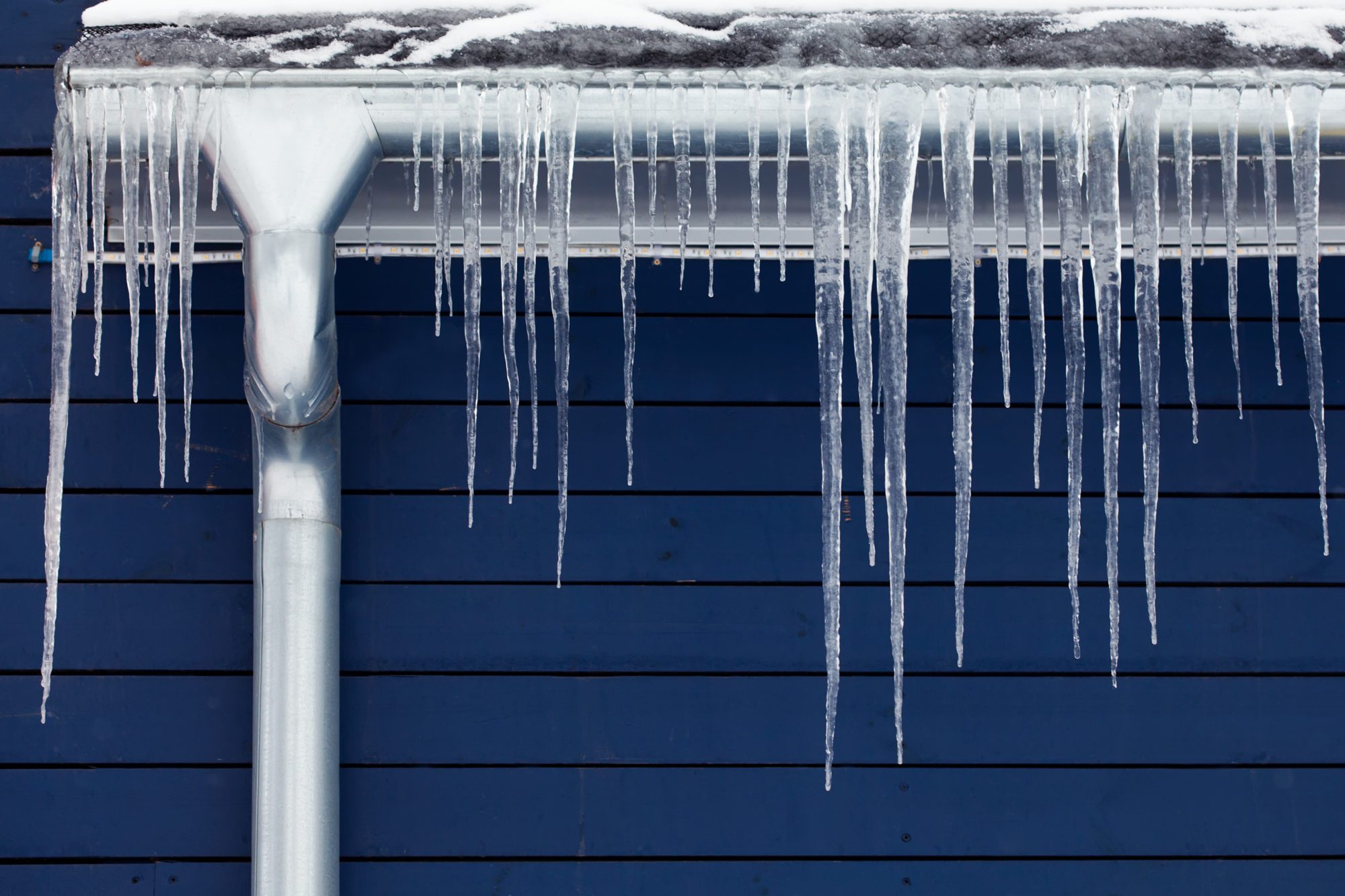Do you find yourself interested in content around How to Prevent Your Pipes From Freezing?

Winter can ruin your plumbing, especially by freezing pipes. Here's just how to stop it from happening and what to do if it does.
Intro
As temperature levels decrease, the risk of icy pipes increases, possibly resulting in pricey repair services and water damage. Understanding how to prevent frozen pipes is important for home owners in cool environments.
Avoidance Tips
Insulating at risk pipes
Cover pipes in insulation sleeves or utilize warm tape to secure them from freezing temperatures. Focus on pipelines in unheated or outside areas of the home.
Home heating methods
Maintain interior rooms effectively warmed, specifically locations with plumbing. Open up cabinet doors to enable cozy air to flow around pipes under sinks.
Exactly how to recognize frozen pipes
Search for lowered water circulation from taps, unusual smells or noises from pipelines, and visible frost on revealed pipes.
Long-Term Solutions
Architectural modifications
Take into consideration rerouting pipelines far from outside wall surfaces or unheated areas. Include added insulation to attics, cellars, and crawl spaces.
Upgrading insulation
Buy top quality insulation for pipes, attics, and wall surfaces. Proper insulation aids preserve regular temperatures and reduces the threat of frozen pipelines.
Shielding Exterior Pipes
Garden tubes and exterior taps
Detach and drain garden hose pipes prior to winter season. Install frost-proof faucets or cover exterior taps with insulated caps.
Recognizing Icy Pipes
What creates pipelines to ice up?
Pipelines ice up when revealed to temperature levels below 32 ° F (0 ° C) for extended periods. As water inside the pipes freezes, it increases, putting pressure on the pipeline walls and potentially causing them to break.
Threats and damages
Frozen pipes can result in water interruptions, residential or commercial property damages, and expensive repairs. Ruptured pipes can flood homes and create extensive architectural damage.
Signs of Frozen Piping
Determining frozen pipes early can avoid them from rupturing.
What to Do If Your Pipes Freeze
Immediate actions to take
If you think frozen pipes, maintain taps open to soothe stress as the ice melts. Use a hairdryer or towels taken in hot water to thaw pipes gradually.
Final thought
Protecting against frozen pipelines calls for proactive actions and fast reactions. By comprehending the causes, indications, and preventive measures, home owners can shield their pipes during winter.
5 Ways to Prevent Frozen Pipes
Drain Outdoor Faucets and Disconnect Hoses
First, close the shut-off valve that controls the flow of water in the pipe to your outdoor faucet. Then, head outside to disconnect and drain your hose and open the outdoor faucet to allow the water to completely drain out of the line. Turn off the faucet when done. Finally, head back to the shut-off valve and drain the remaining water inside the pipe into a bucket or container. Additionally, if you have a home irrigation system, you should consider hiring an expert to clear the system of water each year.
Insulate Pipes
One of the best and most cost-effective methods for preventing frozen water pipes is to wrap your pipes with insulation. This is especially important for areas in your home that aren’t exposed to heat, such as an attic. We suggest using foam sleeves, which can typically be found at your local hardware store.
Keep Heat Running at 65
Your pipes are located inside your walls, and the temperature there is much colder than the rest of the house. To prevent your pipes from freezing, The Insurance Information Institute suggests that you keep your home heated to at least 65 degrees, even when traveling. You may want to invest in smart devices that can keep an eye on the temperature in your home while you’re away.
Leave Water Dripping
Moving water — even a small trickle — can prevent ice from forming inside your pipes. When freezing temps are imminent, start a drip of water from all faucets that serve exposed pipes. Leaving a few faucets running will also help relieve pressure inside the pipes and help prevent a rupture if the water inside freezes.
Open Cupboard Doors
Warm your kitchen and bathroom pipes by opening cupboards and vanities. You should also leave your interior doors ajar to help warm air circulate evenly throughout your home.

As a reader about How to prepare your home plumbing for winter weather, I thought sharing that post was important. Liked our piece? Please share it. Help somebody else discover it. Thanks a bunch for your time. Don't forget to come by our site back soon.
Instant Quote